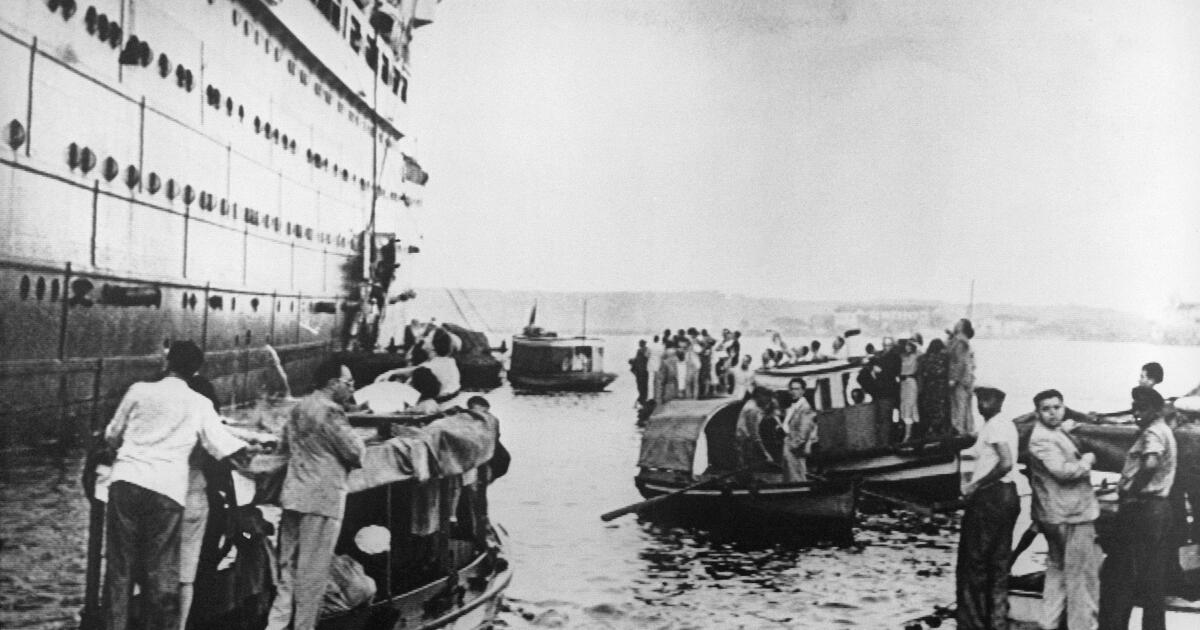Now Reading: Contributor: The U.S. failed refugees during the Holocaust. Trump’s Libya plan would too
-
01
Contributor: The U.S. failed refugees during the Holocaust. Trump’s Libya plan would too
Contributor: The U.S. failed refugees during the Holocaust. Trump’s Libya plan would too

In May 1939, the St. Louis set sail from Hamburg, Germany, carrying 937 passengers, mostly Jews escaping the Holocaust. They were assured entry rights in Cuba, but upon reaching Havana, the government denied them. Despite pleas to the U.S., including President Franklin D. Roosevelt, for entry, no response was received. The State Department’s message was for them to “wait their turn” and enter legally, an impossible task. The ship lingered off Florida’s coast, hoping for a decision, but eventually returned to Europe, where 254 passengers perished in the Holocaust.
This tragic event spurred the creation of an international treaty, the 1951 Refugee Convention and its 1967 Protocol, ratified by over 75% of nations, including the U.S. The treaty includes a strong prohibition on returning refugees to places where their life or freedom is at risk. The U.S. implemented this in the 1980 Refugee Act and is also part of the Convention Against Torture.
However, recent administrations, especially under Trump, have tried to weaken these protections, like closing borders to asylum seekers and halting refugee entries. Plans to send migrants to Libya and Rwanda blatantly violate the prohibition on returning them to danger. These countries have poor human rights records, making them unsuitable destinations for refugees.
If the U.S. proceeds with these plans, legal challenges are expected. The intention seems to undermine established refugee protection norms post-World War II. Advocates stress the importance of upholding these standards and vow to resist returning persecuted individuals back to perilous situations.






